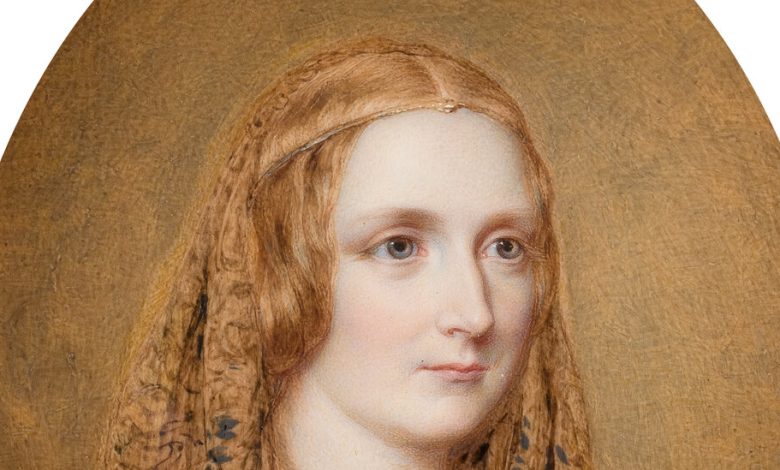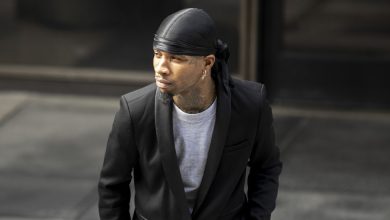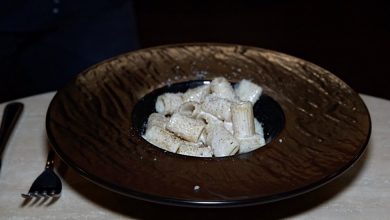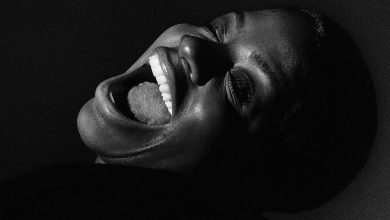Conjuring Mary Shelley’s Outrageous Imagination

MARY AND THE BIRTH OF FRANKENSTEIN, by Anne Eekhout. Translated by Laura Watkinson.
The circumstances leading up to the writing of “Frankenstein,” the creative act at the heart of Anne Eekhout’s new novel — first published in the Netherlands in 2021, now translated into English — are every bit as wild and unlikely as the tale of the creature itself. It’s 1816, and 18-year-old Mary Godwin, the daughter of the radical philosophers Mary Wollstonecraft and William Godwin, is summering scandalously on the shores of Lake Geneva with her married lover, the firebrand poet and free-love advocate Percy Shelley; their baby son; and her highly strung stepsister Claire Claremont. (Mary becomes Mary Shelley later that year, following the suicide of Percy’s first wife, barely mentioned in Eekhout’s novel.) Their neighbors in Cologny are Lord Byron (“Albe,” after his initials) and his physician, John Polidori.
It’s quite the tinderbox. Claire, pregnant by Albe, who has lost interest in her, looks to Percy for consolation, and this distresses Mary, herself busy fending off the doctor’s advances. The summer is freakishly cold and stormy, skies shrouded with volcanic ash from the eruption of Mount Tambora the year before, so the company is mostly stuck indoors, glugging quantities of wine and laudanum, arguing about electricity, God and the French Revolution. When Albe proposes a ghost-story contest, Mary “thinks something is there. Maybe. Maybe it is something terrible.”
The Mary of Eekhout’s novel has a mind teeming with ghosts: her firstborn child, dead at 11 days; her famous mother, dead 11 days after Mary’s own birth. She is also haunted by a summer four years earlier, when she stayed at the home of a textile merchant in Dundee, Scotland, and struck up an intimate friendship with his spirited daughter, Isabella. The reader understands that this sojourn holds the key to many mysteries.
Eekhout’s title, “Mary and the Birth of Frankenstein,” declares her ambition. She has set herself the task of conjuring the workings of Mary’s outrageous imagination as the first inklings of an idea take shape. Few novels have successfully suggested the murky swirl of impulse, instinct and experience behind real examples of great literary achievement. There’s Michael Cunningham’s Pulitzer Prize-winning “The Hours” (1998), in which Virginia Woolf writes the opening lines of “Mrs. Dalloway”; more recently, Colm Toibin has made compelling and much-admired fiction from the lives of Henry James (“The Master”) and Thomas Mann (“The Magician”).
But the business of novel-writing is often messy and tedious. Here, reading about it can also feel like hard work. One has sympathy for Mary as her companions pester her for updates: “How’s it going with your story?”; “What about you, Mary?” These moments of narrative housekeeping — devices that prompt Mary’s ruminations on love, loss and her creative process — begin to look rather clunky.
As we move between events at Cologny and the equally highly colored Dundee subplot, Mary and her companions seem increasingly stiff and unconvincing, trapped both by the sensational furniture of the novel (well-documented hallucinations and shrieking fits in Switzerland; imagined Sapphic crushes and villainous gentlemen in Scotland) and the flatness of the writing. Characters, many noted for their brilliance and originality, are obliged to “burst out laughing,” and “gasp as one” at a knock at the door. At one point the luckless Claire Claremont “sobs with a high-pitched snarl,” a sound I struggle to imagine. There are quantities of trembling, sighing, nodding and gazing into the distance, and eight episodes of goose bumps.
The novel expends considerable effort to show that Mary’s great act of creativity, like that of Victor Frankenstein, came when she began to piece together all manner of strange and horrifying material. But whether Eekhout truly animates Mary, as Mary Shelley herself animated both Frankenstein and his creature, is a little less certain.
Harriet Lane is the author of “Her” and “Alys, Always.”
MARY AND THE BIRTH OF FRANKENSTEIN | By Anne Eekhout | Translated by Laura Watkinson | 303 pp. | HarperVia | $30





